Joe Platko: Breakwater, Monterey Bay
Those who have taken any dive classes in Central or Northern California likely know the Breakwater in Monterey. Also known as San Carlos Beach, it is located on the southern peninsula of Monterey Bay. Due to its sheltered location, the site sees thousands of divers every year, it can be so crowded that on weekends the limiting factor for diving is often based on whether one can find a parking space. For many of these divers, the Breakwater is first and foremost thought of as a site simply for classes.
For those who put in the effort though, this dive site can offer amazing encounters. By kicking out to the very end of the wall, and you’re greeted by groups of playful California Sea lions. If you take your time along the rocky rubble you can find all kinds of nudibranchs, as well as wolf eels and octopi. Or, you could stay mid water just below the golden kelp canopy and have cormorants diving around you while chasing baitfish.
With the Breakwater being located close to Monterey’s underwater canyon, the offshore currents also often bring in drifters. Whether it be large smacks of jellyfish, alien looking pelagic salps, or tuna crabs during the warm El Nino years, it always pays to look around in the water column to see what may be floating by above you.
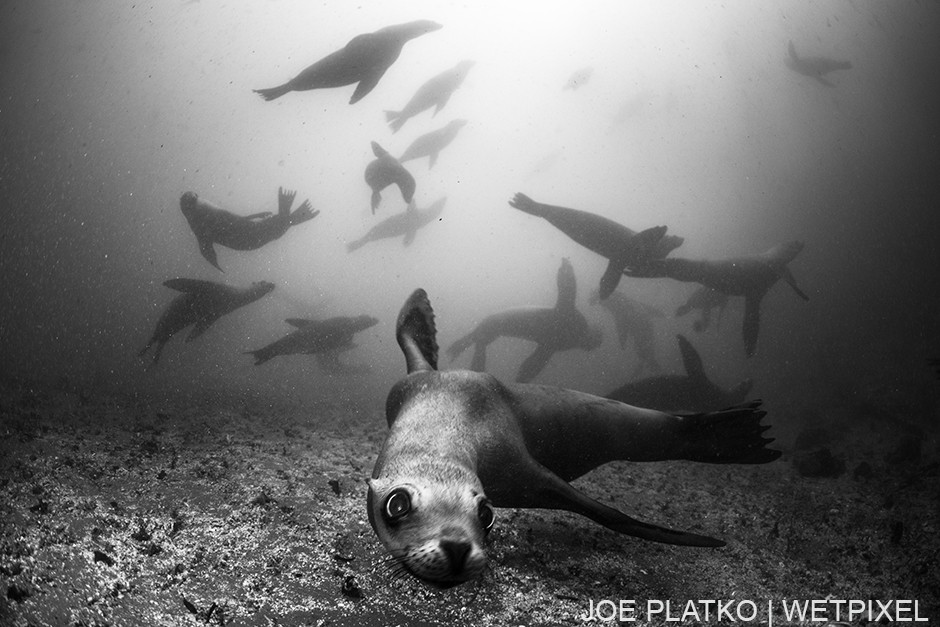
The Breakwater is a rookery for California Sea Lions (Zalophus californianus), allowing for year round encounters.
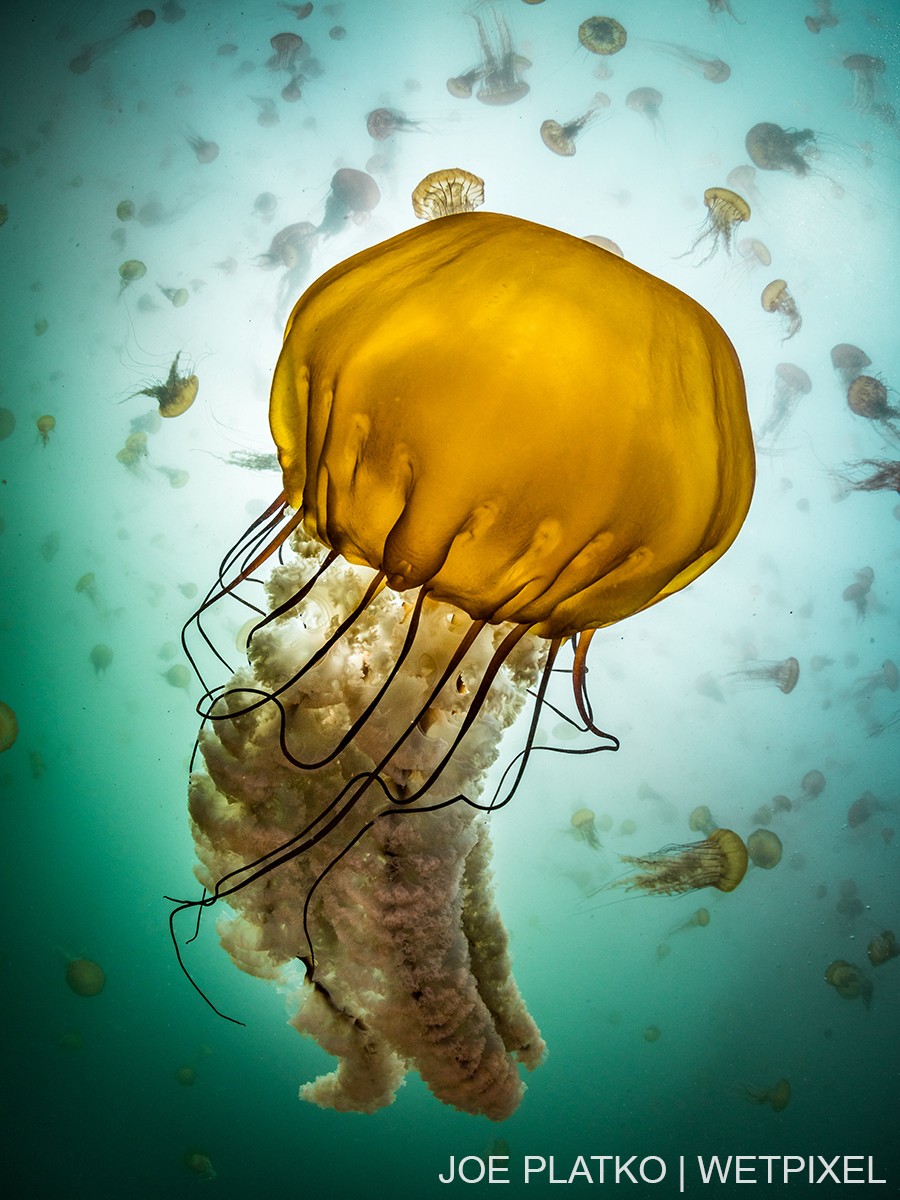
Large smacks of Pacific Sea Nettles (Chrysaora fuscescens) have been hanging around the Monterey Bay for the past year and occasionally get blown in to the Breakwater.
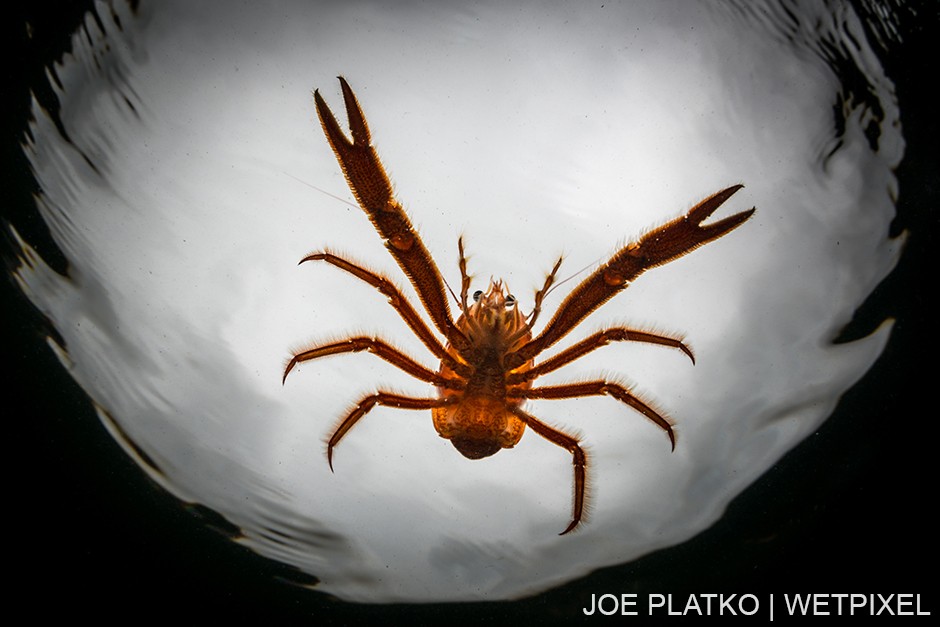
Pelagic tuna crabs (Pleuroncodes planipes) invaded the Breakwater a couple years ago, riding in on the warm El Nino waters.
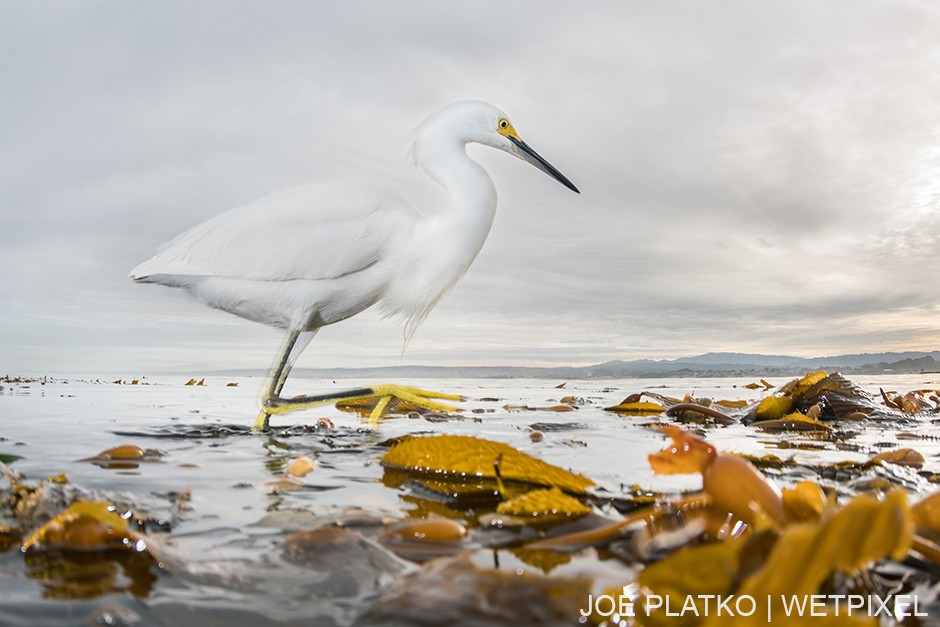
This little egret (Egretta garzetta) was stalking baitfish among the canopy, showing that interesting animals can be found on every section of a kelp forest.

Normally found in warmer waters like the Channel Islands, Blacksmith (Chromis punctipinnis) populations have recently grown much larger at the Breakwater.
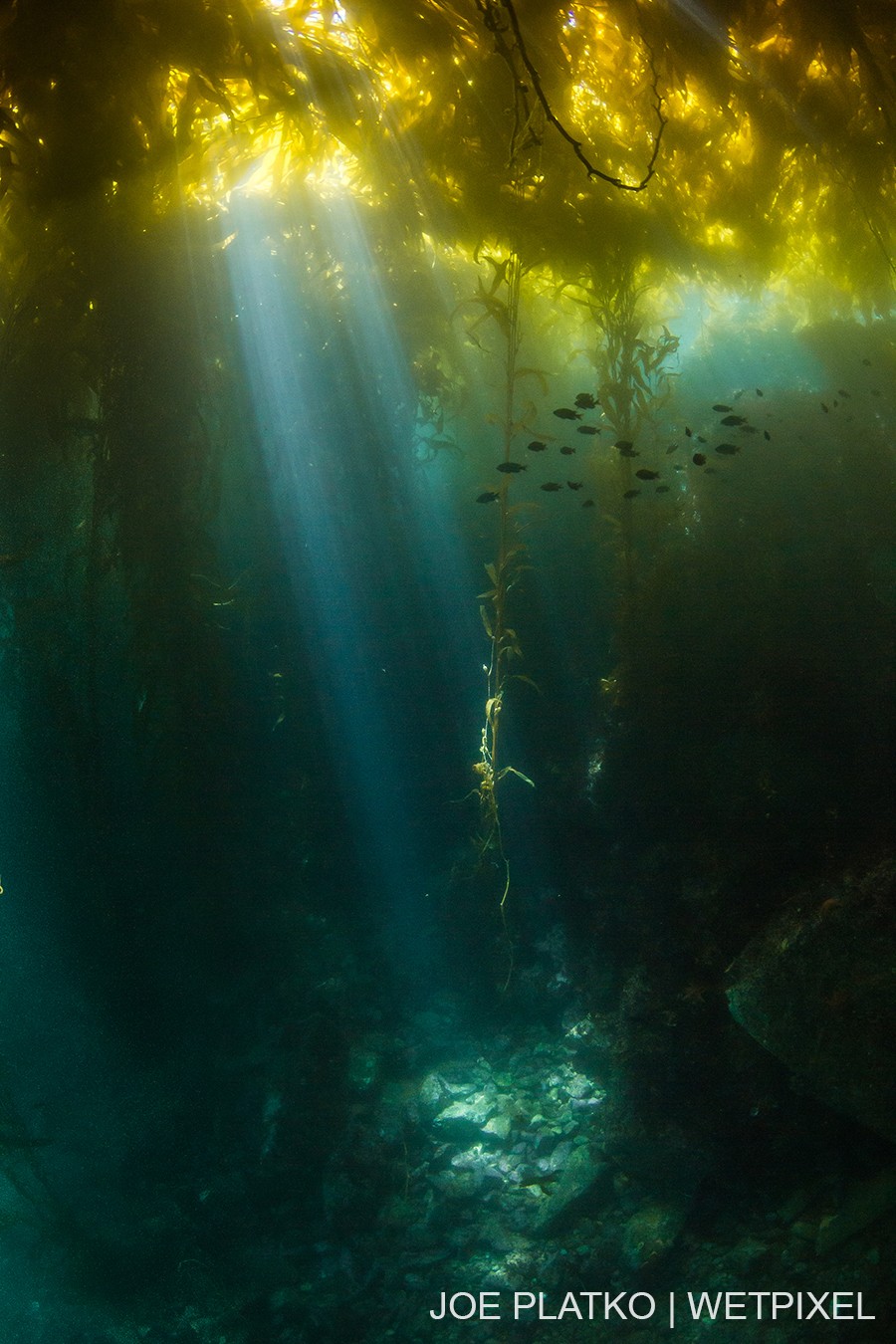
A shaft of light cuts through the kelp canopy, illuminating the rocky floor below.
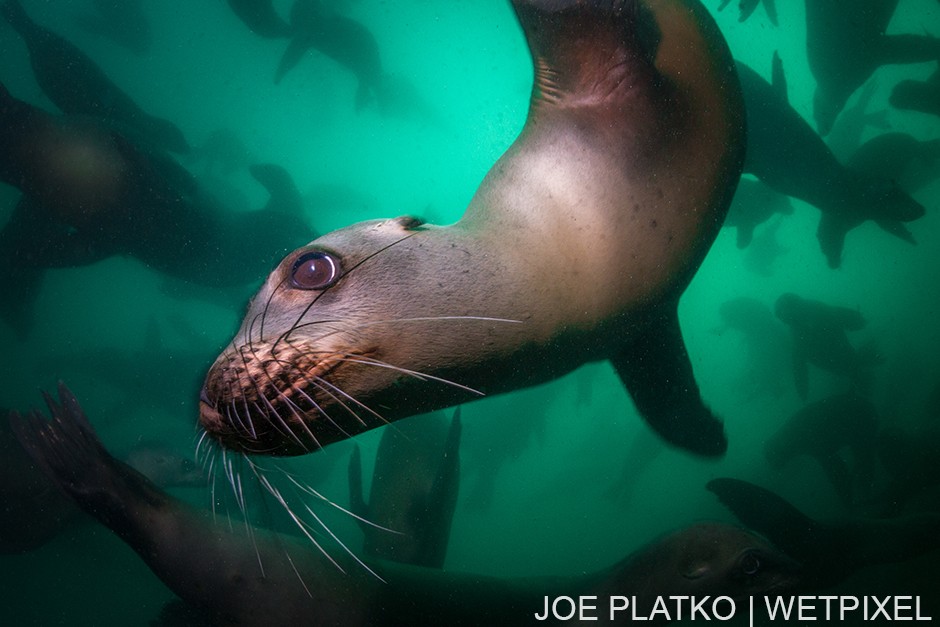
Late spring and early summer is the best time of year to play with the California sea lions (Zalophus californianus) here, as they're more curious when they're young.
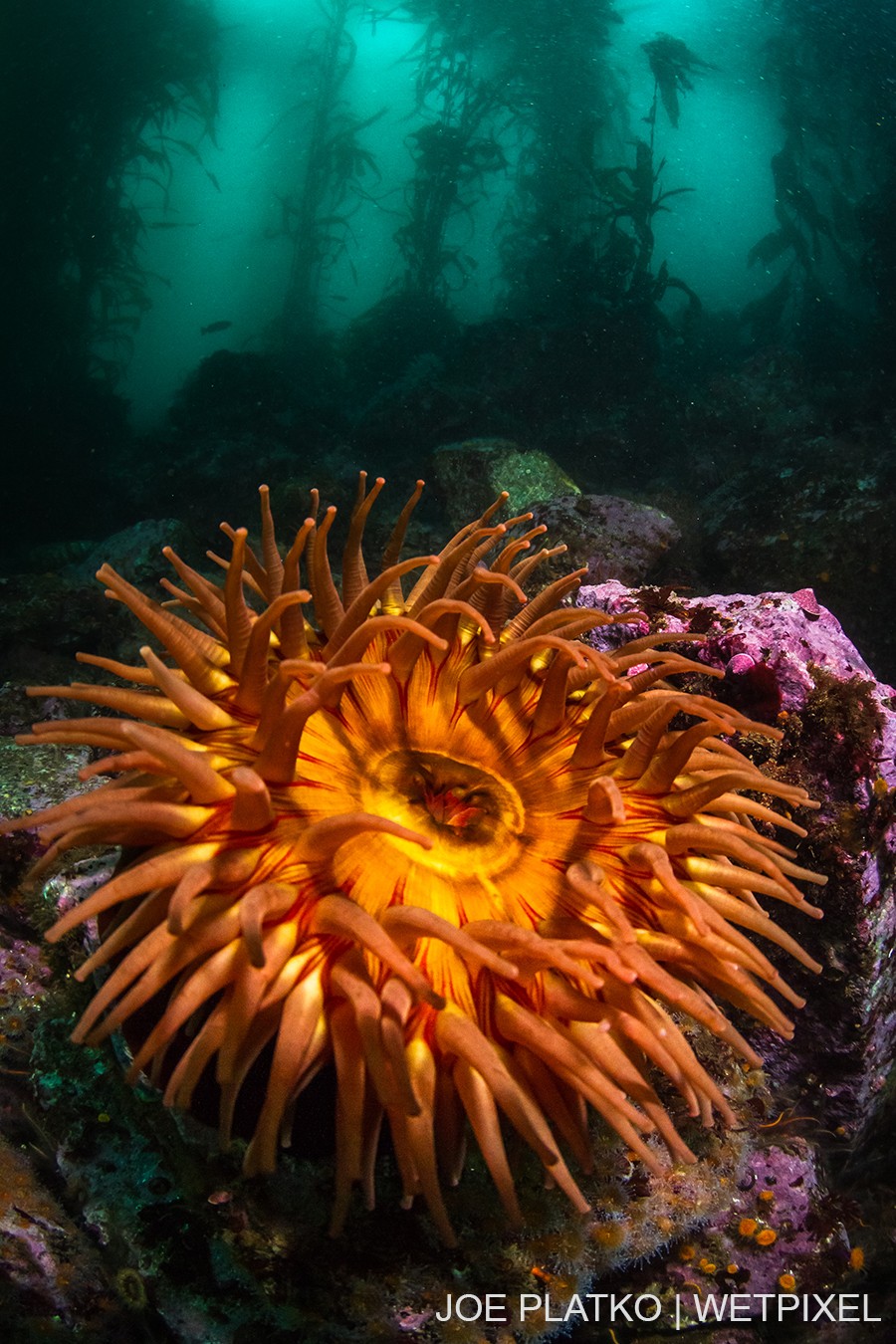
Coral reefs aren't the only place to see vibrant invertebrates, as this fish eating anemone (Urticina piscivora) shows.
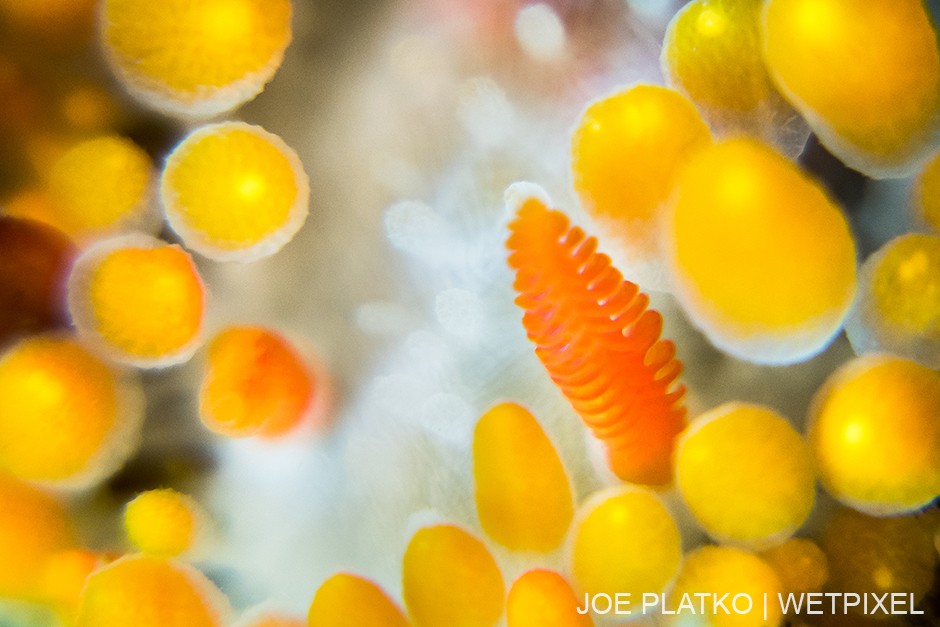
Abstract shot of a cockerell nudibranch's (Limacia cockerelli) rhinophore and cerata.
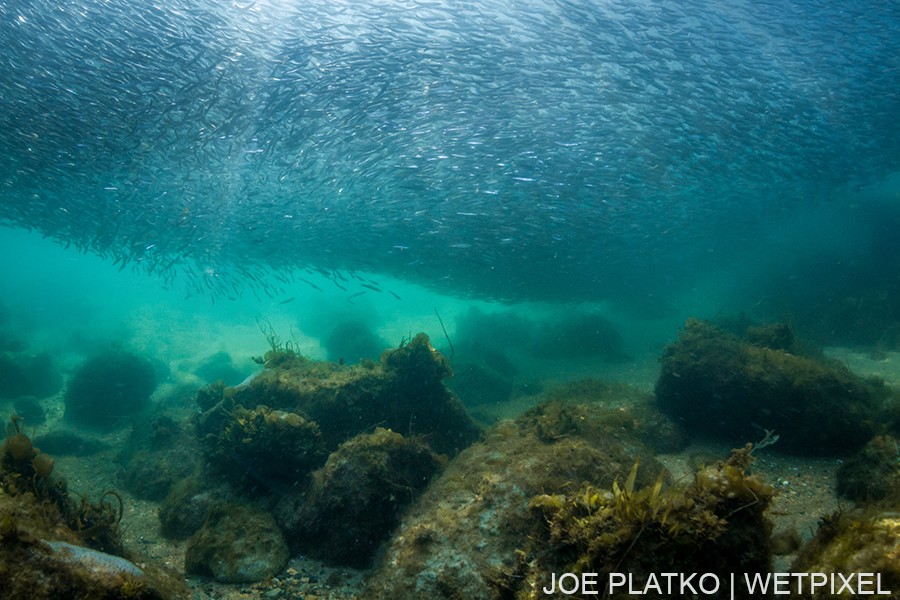
Three years ago anchovies came in en masse. the abundance of food caused a massive feeding frenzy with seals, sea lions, pelicans, and even whales taking part.
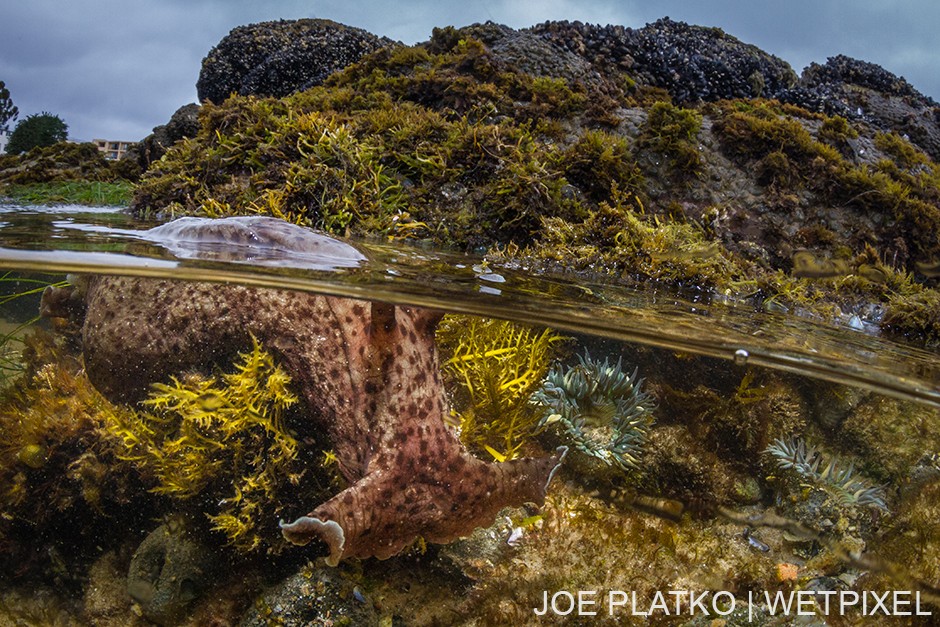
You don't have to venture far out into the water to find life, as this sea hare shows.
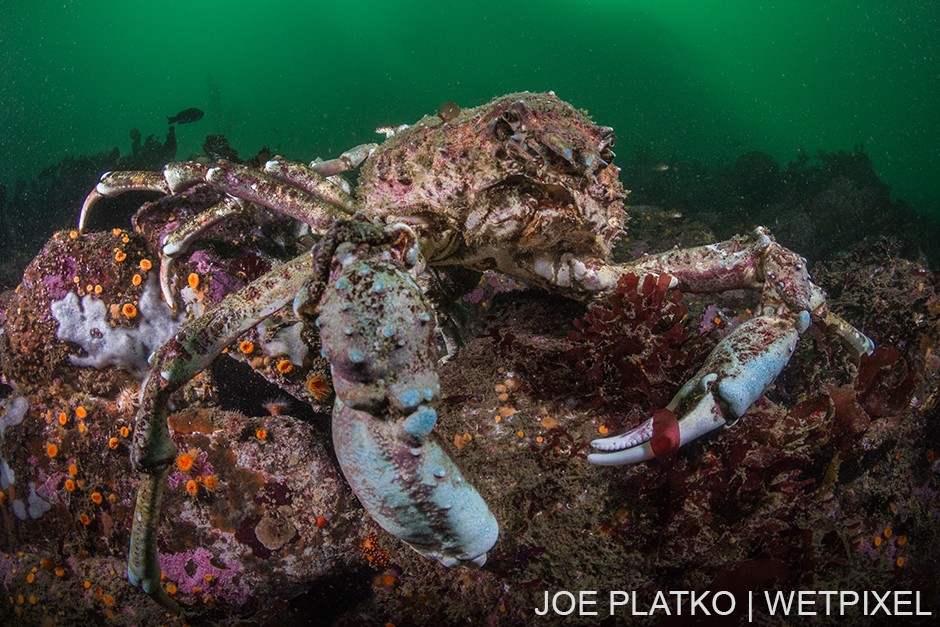
This pair of sheep crabs ( Loxorhynchus grandis) were getting ready to mate, shown due to linking their rear legs.
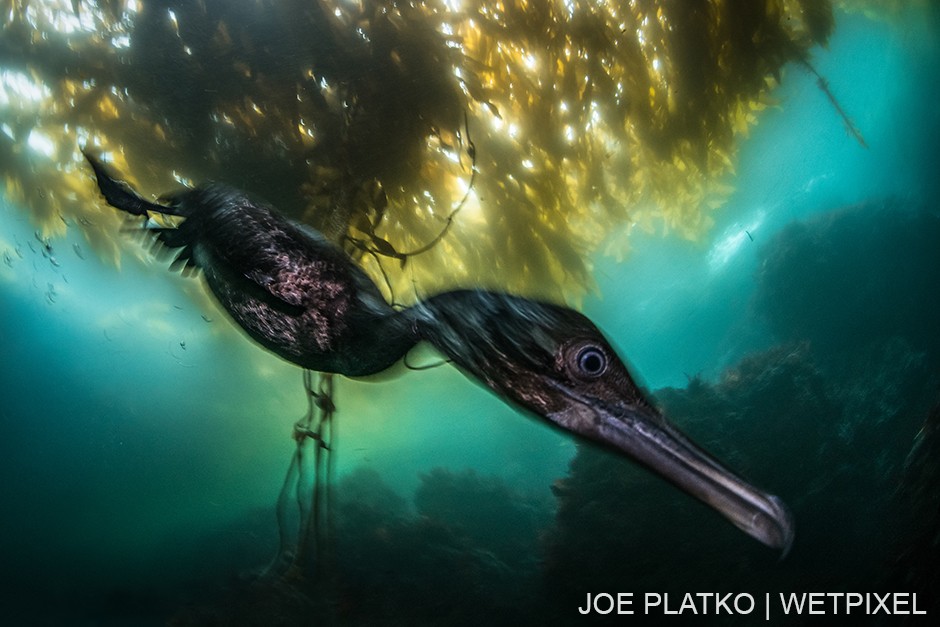
With all the increased baitfish populations, Brandt's cormorants (Phalacrocorax penicillatus) are often seen on dives hunting in the shallows.
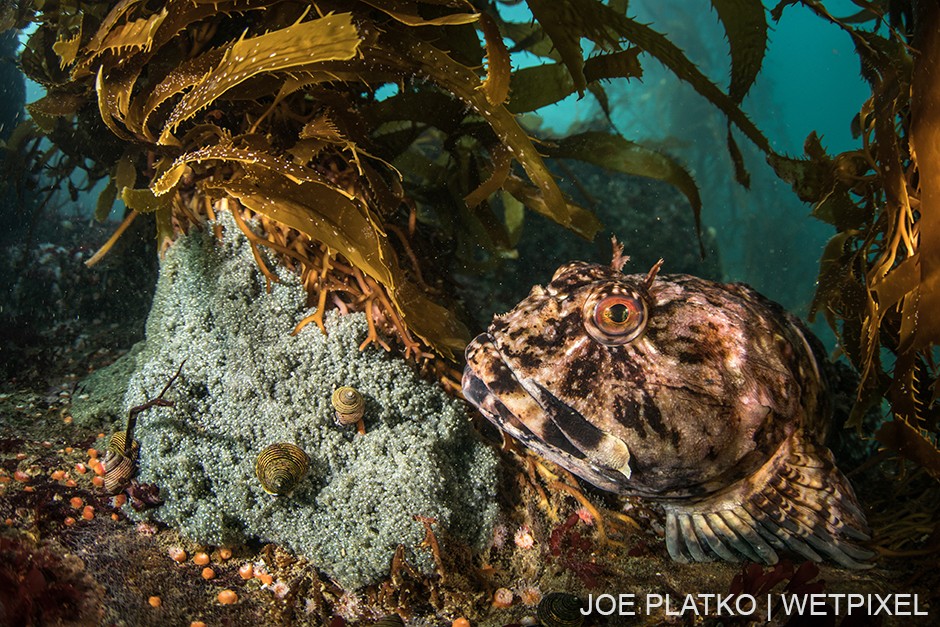
An adult cabezon (Scorpaenichthys marmoratus) closely guarding its eggs.
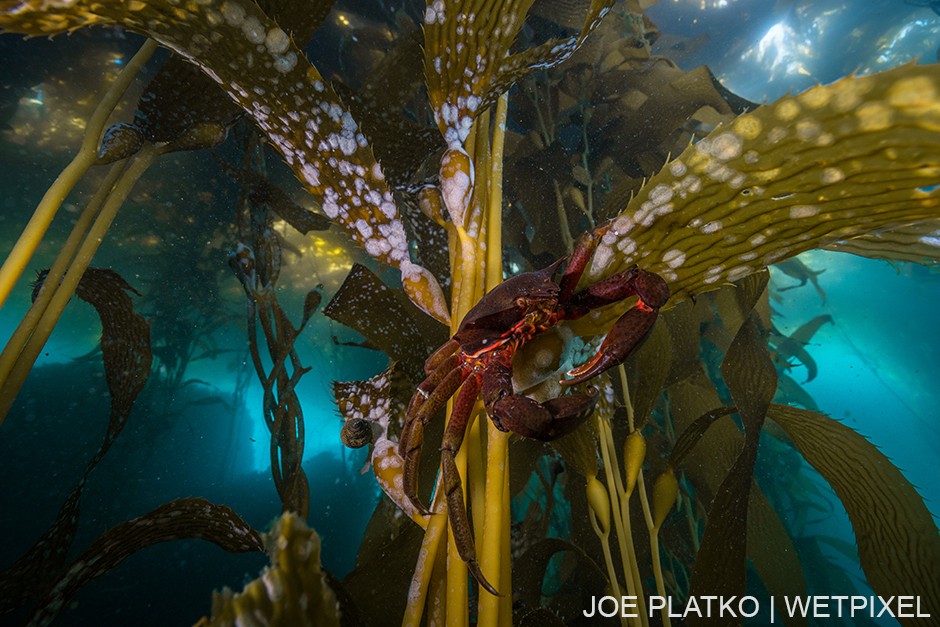
The seafloor isn't the only place to find critters in a kelp forest. You never know what might be staring down at you, such as this kelp crab (Pugettia producta).
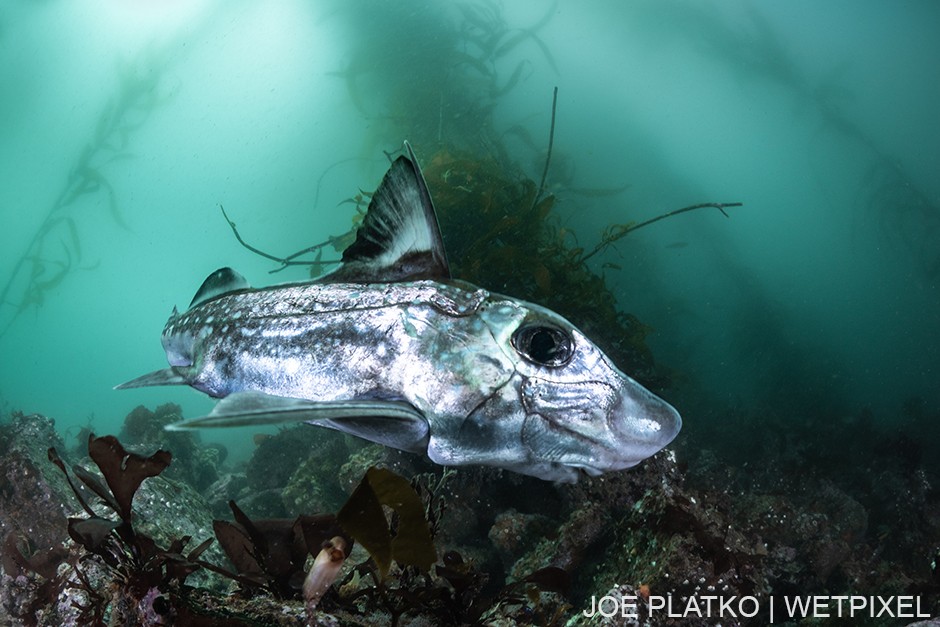
Typically found in much deeper water, occasionally ratfish (Hydrolagus colliei) can be spotted after an upwelling event.
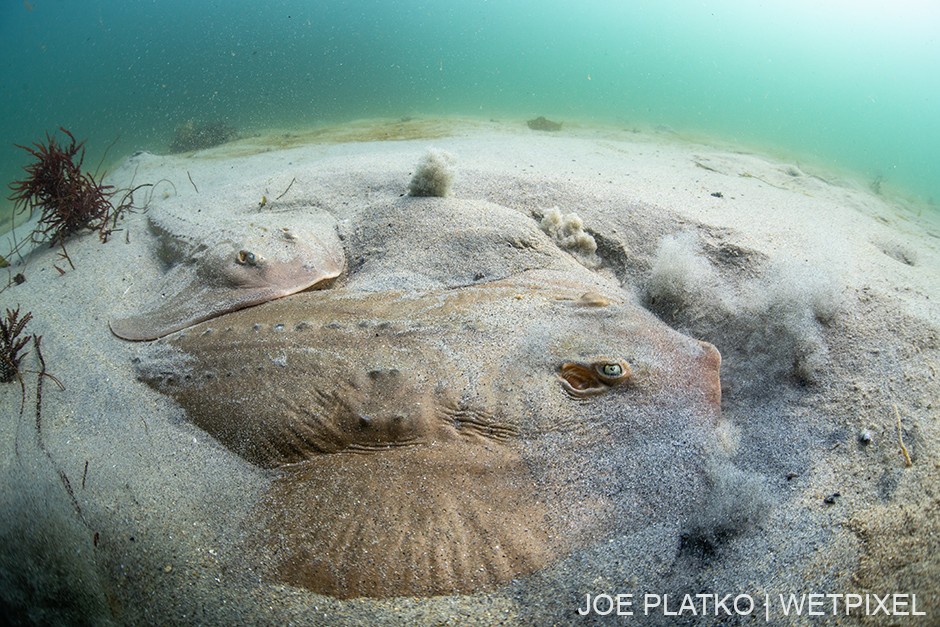
This pair of thornback rays (Platyrhinoidis triseriata) was found in only 8' of water, just off the shoreline.
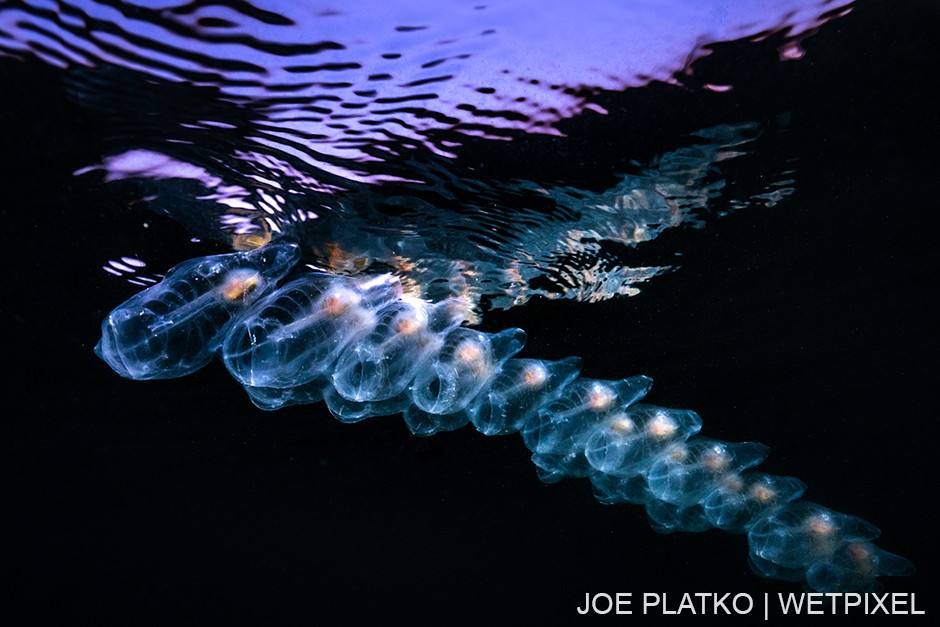
A salp chain (Thetys Vagina) drifting just below the surface at twilight.